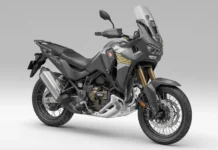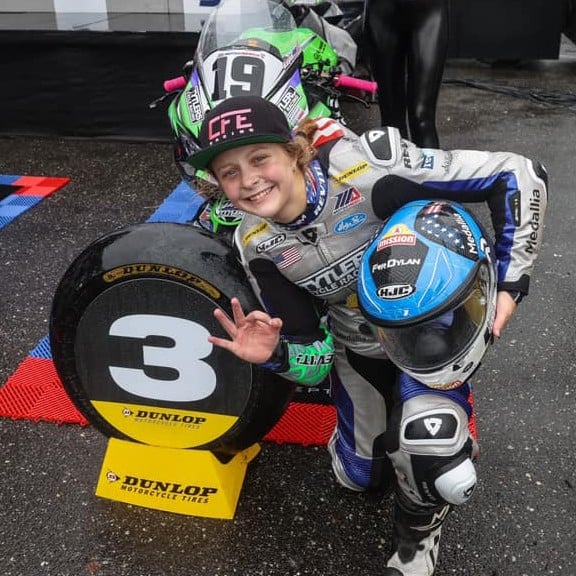There’s a new powerplant from The Motor Company—the Harley-Davidson Revolution Max 975T. It first appears in the new 2022 Harley-Davidson Nightster, and is part of the revamping of the iconic Sportster lineup. Let’s take a look at the new engine, which is closely related to the Revolution Max 1250 used in the Pan American 1250 and Sportster S.
- The Harley-Davidson Revolution Max 975T is a short-stroke V-twin design. The 97mm bore is matched to a 66mm stroke to create a pair of combustion chambers displacing 487.7cc. Put them together in a 60-degree V-twin configuration, and you have a 975cc motor, rounded to the nearest cubic centimeter.
- Each cylinder head had a pair of overhead cams. Not only is the motor a DOHC design, but the intake cams have variable valve timing. The 975T is not your grandpa’s pushrod Sportster motor—it even has liquid cooling.
- Although a short-stroke configuration sporting double overhead cams, it doesn’t have to be revved excessively to produce power. Torque peaks at 70 ft/lbs at just 5000 rpm, while it hits 90 horsepower at 7500 rpm. Harley-Davidson claims “a torque curve that stays flat through the broad powerband.”
- While Harley-Davidson is known for the pulse of its motors, the Revolution Max 975T has counterbalancers. A Harley-Davidson insider tells us the counterbalancer smooths things out, though the engine does “retain just enough vibration to make the motorcycle feel alive.” According to Harley-Davidson, the balancer improves the reliability of the motor, while also making for a more comfortable ride.
- The Revolution Max 975T is a robust stressed-member design. In the case of the Nightster, the motor is part of the chassis.
- Service intervals are extended thanks to hydraulic valve lash adjustment. Put those feelers away for the most part, and let the magic of a hydraulic tappet do most of the work for you. If you like the clicking sound of valves, be prepared for some disappointment.
- The new engine accommodates electronic rider aids. The first iteration includes power modes, traction control, and electronically controlled engine braking.
- Expect Harley-Davidson to use the new Revolution Max 975T in several future models. External tuning can be accomplished by altering intake velocity stacks lengths and shapes, plus changing the size of the airbox. Internally, the cams are certainly fair game for optimizing the engine for different applications.
Photography by Daniel N. Johnson and Buddy Wilinski





![2024 Suzuki V-Strom 800 Touring First Look [Fast Facts + Photos] 2024 Suzuki V-Strom 800 Touring First Look: MSRP](webp/2024-suzuki-v-strom-800-touring-first-look-3-218x150.webp)
![2023 Motocross of Nations Results, Video [France Dominates] 2023 Motocross Of Nations Results](jpg/2023-motocross-of-nations-start-218x150.jpg)

